Robots in Daily Life: How They Became Part of Our Reality
Not long ago, robots were seen as futuristic machines confined to sci-fi movies or high-tech labs. Today, they’re vacuuming our homes, assisting in schools, delivering food, helping in hospitals, and guiding travelers in airports. Thanks to rapid advances in artificial intelligence (AI) and mechanical systems, robots have become a normal—if not essential—part of daily life.
In this article from Robotics.sa, we’ll explore how robots are transforming everyday routines, where you can see them in action, their benefits and challenges, and what their future looks like in Saudi Arabia and beyond.

What Are Daily Life Robots?
Daily life robots are smart machines designed to perform routine, repetitive, or physically demanding tasks. They often use AI or pre-programmed control systems to function independently or semi-independently.
They can take many forms:
- Smart home robots like vacuum cleaners
- Delivery or service robots
- Educational robots for kids
- Customer service bots in malls or airports
- Agricultural or manufacturing robots
Simply put, any smart device that reduces human effort in daily life can be considered a robot.
Examples of Robots in Everyday Life
Here are some of the most common and visible ways robots have entered our homes, schools, and communities:
1. Smart Home Robots
If you own any of these, you’re already using robots:
- Smart vacuum cleaners (like Roomba): Clean floors automatically.
- Voice assistants (Alexa, Google Assistant): Control lights, play music, answer questions.
- Smart surveillance cameras: Detect movement, recognize faces, and alert you in real-time.
2. Educational Robots for Children
Learning to code or understand logic has become fun and accessible thanks to:
- Sphero and Ozobot: Small robots that teach kids coding through play.
- Kano and Makeblock: DIY kits that encourage hands-on learning.
3. Retail and Service Robots
- Robots in malls help customers find products or navigate the store.
- Restaurant robots deliver food directly to tables.
- Robots in banks or reception desks greet clients and answer basic inquiries.
4. Delivery Robots
In cities like Riyadh and Jeddah, some restaurants and services are experimenting with delivery robots and drones, especially in gated communities and campuses.
5. Home Healthcare Robots
Even at home, smart devices monitor blood pressure, sugar levels, remind patients to take medication, and even alert doctors or family members when something goes wrong.
Why Are Robots Becoming More Common?
There are several reasons for the rapid rise in home and service robots:
✅ 1. Falling Costs
Technologies that were once expensive are now affordable for families and small businesses.
✅ 2. Smarter AI
Robots no longer need to follow simple scripts. With AI, they can make decisions, learn from experience, and adapt to new situations.
✅ 3. User-Friendly Designs
Most consumer robots are designed for easy setup and use—even by people with no technical background.
✅ 4. Demand for Convenience
People want to save time and effort in their busy lives. Robots provide automation and peace of mind for repetitive or tiresome tasks.

Robots in Daily Life in Saudi Arabia
Saudi Arabia is rapidly adopting robotics as part of its digital transformation under Vision 2030. Robots are being integrated into sectors like retail, logistics, healthcare, and education.
Real Examples:
- Airports like King Abdulaziz International use robots to assist passengers.
- Delivery robots are being piloted in shopping malls and smart communities.
- Educational robots are present in some private schools to support STEM learning.
- Sanitizing robots have been deployed in hospitals and public areas during the COVID-19 pandemic.
Saudi Arabia is not just using robotic technology—it’s also investing in it to become a regional leader.
Benefits of Daily Life Robots
✔ Save Time
Tasks that used to take hours—like vacuuming or sorting files—are now done automatically.
✔ Reduce Physical Effort
Great for the elderly or people with disabilities, helping them remain independent.
✔ Improve Quality of Life
By offering help in areas like security, health monitoring, entertainment, and even sleep.
✔ Enhance Safety
Smart robots can detect dangers (like fires or intrusions) and respond faster than humans.
Challenges of Robots in Everyday Life
Despite the benefits, several challenges remain:
🔺 1. Privacy Concerns
Smart robots often collect data—like audio, video, or usage patterns. If not handled securely, this could pose privacy risks.
🔺 2. Overdependence on Technology
Relying too much on automation might reduce human interaction, physical activity, or critical thinking.
🔺 3. Initial Cost
While robots are more affordable now, some advanced models still carry a high upfront price.
🔺 4. Maintenance and Updates
Robots, like any machine, require software updates and occasional servicing to stay effective.
The Future of Daily Life Robots
As robotics technology continues to evolve, we can expect:
- Fully integrated smart homes with centralized robotic systems.
- Elder care robots that assist with daily needs, provide companionship, and monitor health.
- Personal assistants with human-like language, emotion recognition, and advanced interaction.
- Wider adoption in education, making AI and robotics skills part of every student’s toolkit.
Final Thoughts
Robots are no longer limited to industrial settings or science fiction—they’re already part of our everyday lives. From cleaning our floors to teaching our kids, robots are quietly transforming the way we live, work, and interact with the world.
At Robotics.sa, we believe that public awareness is essential to embracing this transformation responsibly. By sharing insights, tools, and resources, we aim to empower individuals, educators, developers, and entrepreneurs in Saudi Arabia and the Arab world to explore and invest in robotics.
Whether you’re a parent looking to help your child learn about technology, a business owner looking to automate services, or just someone curious about smart devices—daily life robots are the perfect place to start.


